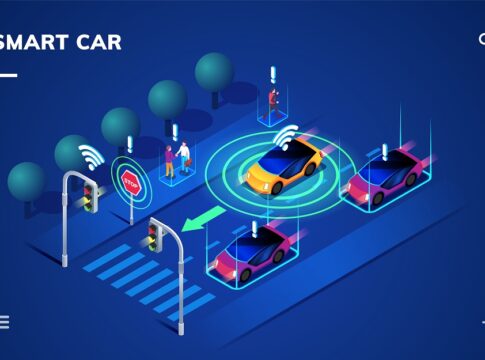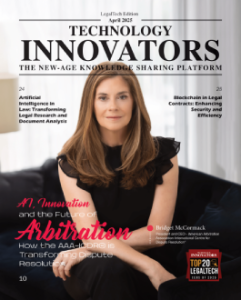Every year, there are more than a billion people struggle from strokes and traumatic brain injuries. These injuries are curable and require physical therapies to get rid of it. The numbers of folks are increasing rapidly, and most of those are untreated due to the expensive treatments that are not affordable by a common man. To give a healthier tomorrow we require a cost effective treatment method. The intention of physical therapy is to treat serious brain injuries by improving the posture, range of motion, endurance, strength, coordination, balance, flexibility, and joint mobility, to enable the folk to perform their day to day activities easily. As per the study conducted over the physical therapies shows that it is not really being an effective for the treatment to approx. 65% of patients due to the irregularity folks shows coming to the therapy centre and they leave it due to no positive results. Here walk in the value and role of virtual reality that give an open space to the physical therapy treatment to reach out people living in remote areas too and treat them effectively and effortlessly.
Role of virtual reality in physical therapies:
In the recent years, virtual reality is gaining a quick popularity among gamers and gaming industry. But, the innovators and digital experts are predicting virtual reality as one of the potential tool that holds a calibre to bring huge transformations in every business sector. The inception of virtual reality in the physical therapies is really simple. With this tool we can make their therapies very comfortable at their home allowing them to interact with their fitness trainer from their location and making the therapies more fun filled and joyous. Virtual reality is incorporated with various applications or you can also term it as exercises. Each exercise is dedicated for the treatment or development of different body parts. User can use it any time based on their requirement and comfort.








